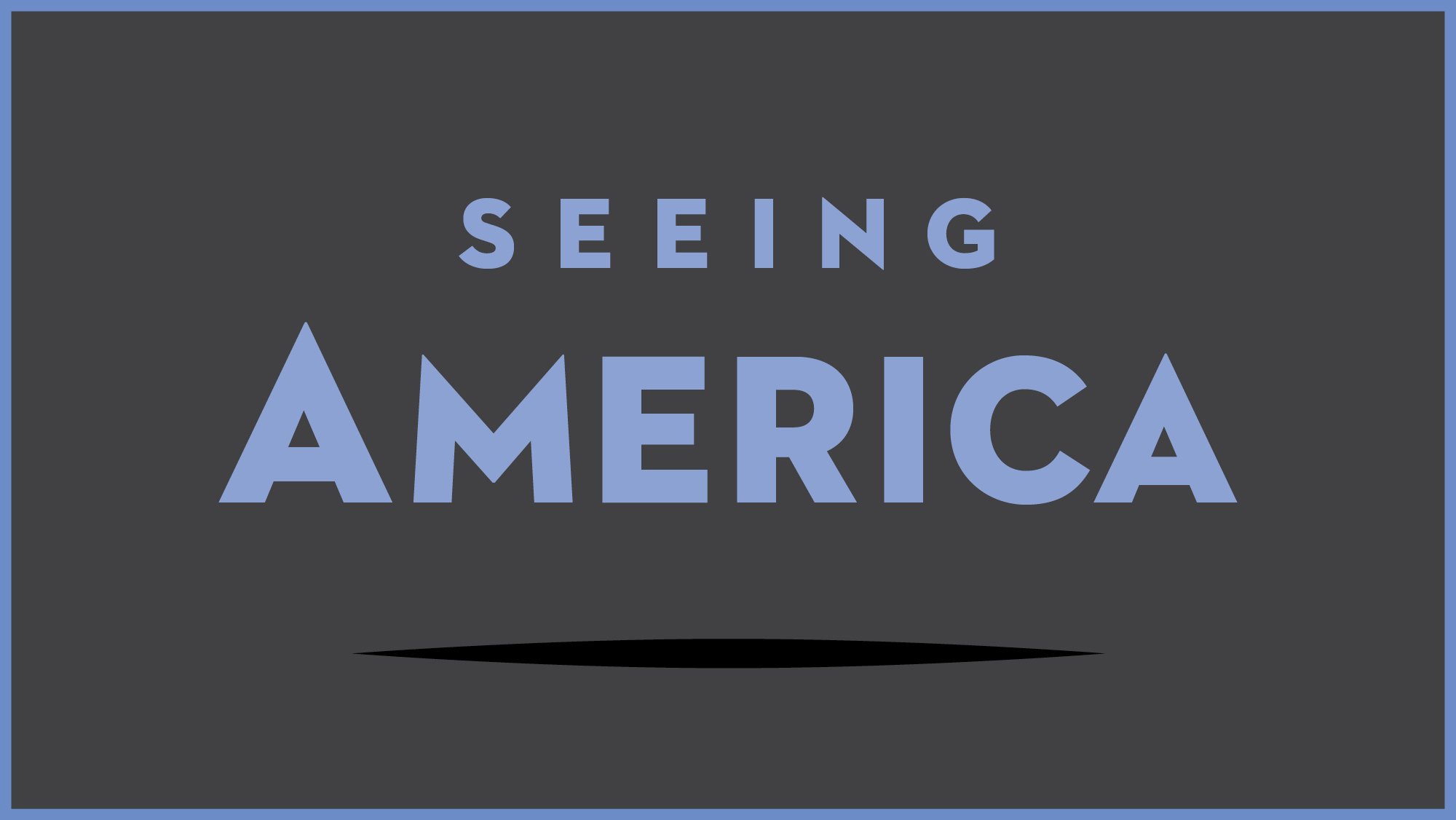Test your knowledge with a quiz
Ward, The Freedman
Key points
- Lincoln’s Emancipation Proclamation in January 1863 made clear the Union’s intention to abolish slavery. However, it only freed slaves in states still in open rebellion against the Union. Slavery was not formally abolished in the United States until 1865 when the 13th Amendment was ratified.
- The Freedman directly responds to the Emancipation Proclamation and may reflect Ward’s frustration at the slow progress of slavery’s abolition. The figure appears to have broken off one manacle, but the other still binds him, reinforcing the notion that he is not yet completely free.
- Ward’s sculpture depicts an African-American man in charge of his own freedom. This depiction departs from typical Abolitionist-era images that typically showed slaves pleading for sympathy. Ward elevates his subject by building on the ideal of heroic male nudity in Greek art, but he also includes realistic details that suggest the man’s age, experience, and character.
- In this version of the sculpture, Ward inscribes the dangling manacle with a reference to the Massachusetts 54th, the first African-American regiment in the Union Army. This reference underscores African-Americans’ willingness to fight, and die, for their freedom.
Ward’s Freedman imagines the agent of emancipation to be the man himself. The Freedman eliminates the figure of Lincoln, focusing instead on the powerfully modeled slave. Entirely nude except for drapery across his loins, he still wears one manacle on his left wrist. His torso twists to the right, where his arm anchors the torque of his body in a pose that conveys coiled strength. His seated posture implies a further ambiguity—is he resting his weight upon the tree trunk that props his body up, or is he preparing to stand? The tension of his pose suggests an open-ended future no longer dictated by external forces but by the internal poise and dynamic power of the man himself.
The Freedman reflects the uncertainties of the future. This black American frees himself through his own efforts. Yet he cannot act alone. A decade of federally enforced efforts to establish a new order of equality collapsed in 1877, foreclosing for the time being the unrealized promise of racial justice.
From Angela L. Miller, Janet Catherine Berlo, Bryan J. Wolf, and Jennifer L. Roberts, American Encounters: Art, History, and Cultural Identity (Washington University Libraries, 2018), p. 284. CC BY-NC-SA 4.0
Go deeper
Learn more about this sculpture in the Amon Carter Museum of American Art
What was the Massachusetts 54th Volunteer Infantry Regiment?
What was the significance of the Emancipation Proclamation?
Learn more about the Emancipation Proclamation
Read the 13th Amendment that abolished slavery in the U.S.
See primary sources from the Abolitionist Movement
More to think about
Think about other types of images that ask for our sympathy for political or social causes today. How do these images portray their subjects? Are they depicted in positions or power or passivity? What effects do these depictions have on us as viewers?
Smarthistory images for teaching and learning:
[flickr_tags user_id=”82032880@N00″ tags=”Freedman,”]






